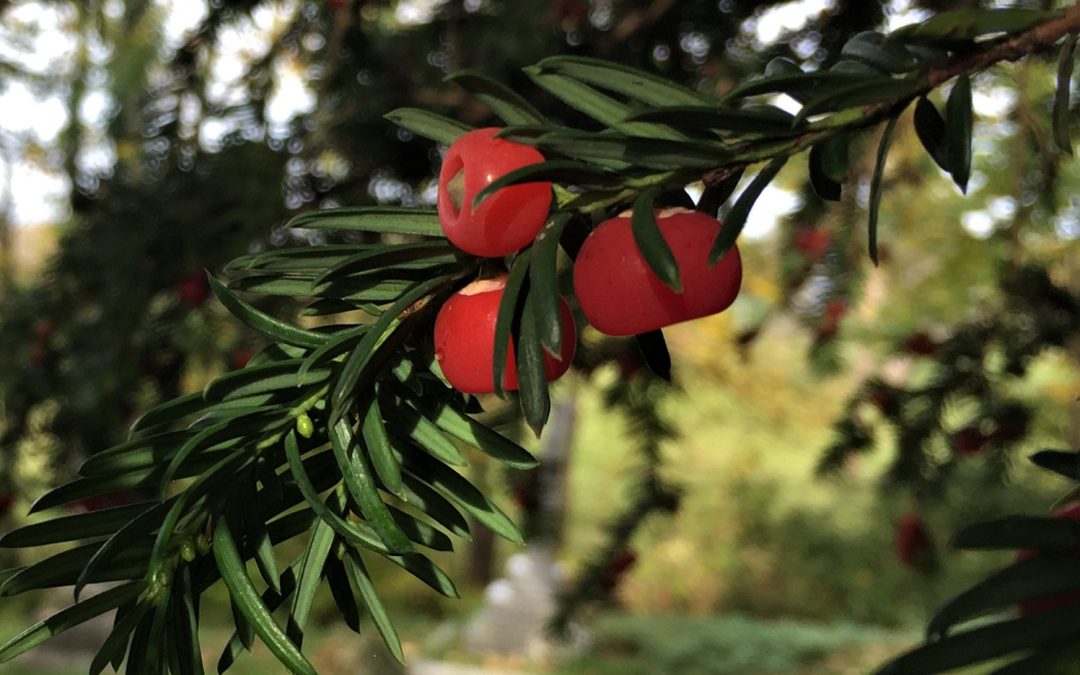Buttercups:
These are a common sight across the rolling hills of staffordshire. Buttercups thrive on poor horse poor ground and whilst they are usually not tempting to horses we do find that if grazing is restricted that horses will eat them.
Toxins are highest during the flowering season. If dried (as with hay or haylage) they are not bitter and have no toxins in them. The biggest issue with these plants is the creeping buttercup variety is very invasive and will reduce the amount of grass available.
Clinical signs of buttercup ingestion:
- Blisters on sensitive skin areas
- More commonly affects youngstock
- If ingested can cause photosensitisation on pink skin areas
- The irritating effects exacerbated by wet weather
Management:
There are several different varieties of buttercup in the UK.
- Creeping buttercup – resolves with harrowing
- Other varieties will need spraying with herbicides to completely control.
- Topping fields can help minimise the spread and encourage grass growth instead.
Foxglove:
This is not palatable to horses when fresh, however if dried it is more palatable and 100gr is a fatal dose.
Clinical signs:
- Contracted pupils
- Convulsions
- Breathing difficulties
- Death after a couple of hours
Deadly nightshade
These plants are palatable but in horses there aren’t usually fatal.
Clinical signs:
- Unconsciousness
- Dilation of pupils
- Convulsions
Yew:
This is a highly toxic plant to all animals. Less than 500gr is fatal. The leaves and the berries both contain the toxin
Clinical signs:
- Animals are usually found dead
- Foam at the mouth
- convulsions
All of these plants should be looked for in fields and if likely to end up in forage such as hay or haylage should be removed. If they are likely to be eaten by horses due to limited grazing they should be removed from the field to ensure no accidental ingestion.

